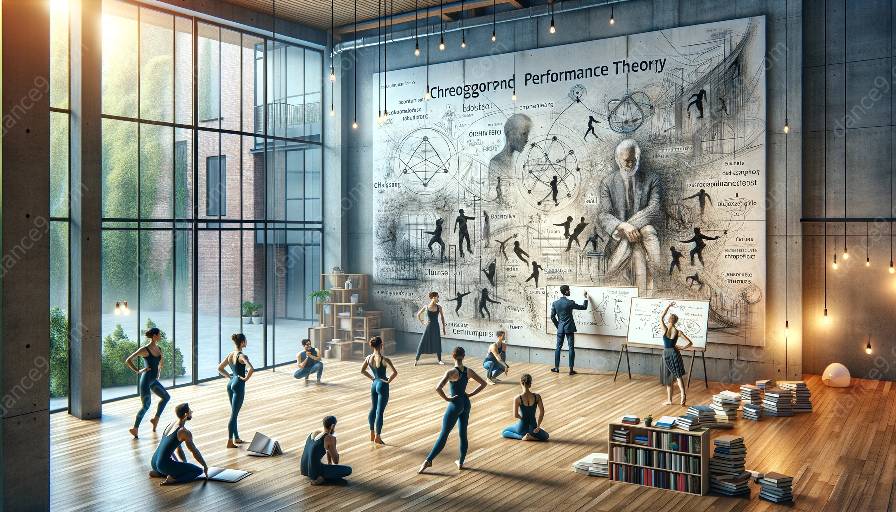Choreography, as a form of artistic expression, is protected under copyright and intellectual property laws. This comprehensive guide delves into the complex landscape of copyright as it pertains to choreography and performance theories. From uncovering the legal intricacies to exploring the implications for choreographers and performers, this exploration aims to shed light on the dynamic relationship between choreography, intellectual property, and performance theories.
The Intersection of Choreography and Performance Theories
Choreography is the art of designing sequences of movements and gestures in a performative context. It is intricately linked with performance theories, which encompass various conceptual frameworks for understanding and analyzing the nature of performance. These theories provide a lens through which to examine the creative and expressive aspects of choreography, shedding light on the socio-cultural, historical, and aesthetic dimensions of dance and movement.
Understanding Copyright and Intellectual Property
Copyright is a legal protection granted to the creators of original works, including choreographic works, giving them the exclusive right to reproduce, distribute, and perform their work. Intellectual property encompasses a broader spectrum of intangible creations, including choreography, and is protected through various legal mechanisms such as patents, trademarks, and copyright.
Choreography and Copyright Laws
Choreography, as a unique form of artistic expression, falls within the purview of copyright laws. Copyright protection extends to original choreographic works, providing choreographers with the right to control and license the use of their creations. Choreographers are afforded legal protection against unauthorized reproduction, adaptation, or public performance of their works.
Implications for Choreographers and Performers
The entwined relationship between copyright and choreography has significant implications for both choreographers and performers. Choreographers must navigate the legal landscape to protect their creative endeavors and ensure fair compensation for their work. Performers, on the other hand, are impacted by the copyright and licensing arrangements governing the performance of choreographic works, influencing their professional opportunities and artistic autonomy.
The Evolving Landscape
The intersection of choreography, intellectual property, and performance theories is a dynamic and evolving landscape, shaped by technological advancements, global interconnectedness, and shifting cultural paradigms. As the digital age transforms the way choreographic works are created, disseminated, and experienced, new challenges and opportunities emerge in the realm of copyright and intellectual property.
Conclusion
In conclusion, navigating the complexities of copyright and intellectual property in choreography necessitates a nuanced understanding of legal frameworks, the interplay with performance theories, and the evolving landscape of artistic expression. By delving into this multifaceted topic, choreographers, performers, and enthusiasts can gain valuable insights into the legal, creative, and theoretical dimensions of choreography and its protection under intellectual property laws.






































